With varying climate conditions around the world, where are the most cost-effective locations to deploy direct air capture facilities?
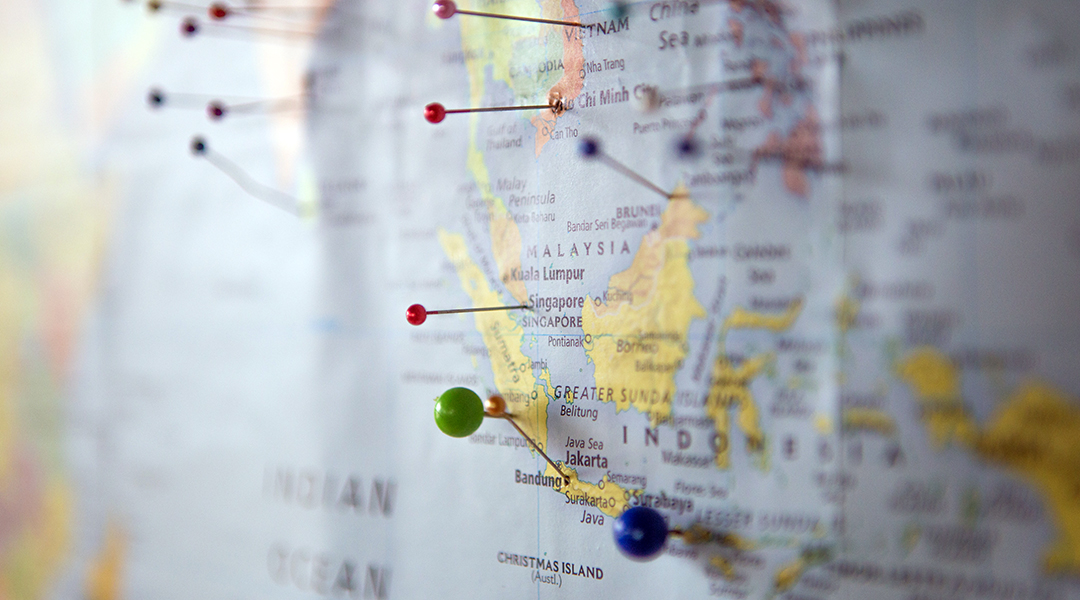


With varying climate conditions around the world, where are the most cost-effective locations to deploy direct air capture facilities?
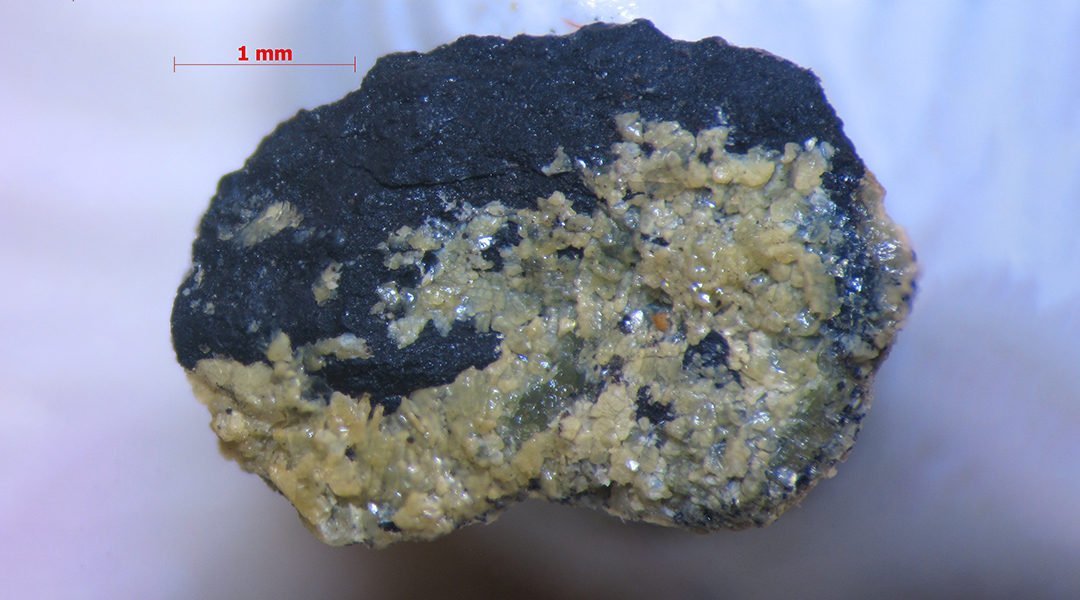
It was believed that MOFs were a purely synthetic construct, but discoveries of natural examples have shaken this perception.

With climate change, the weaponization of energy, lower satellite launch costs, incentives to harness space-based solar power are on the horizon.
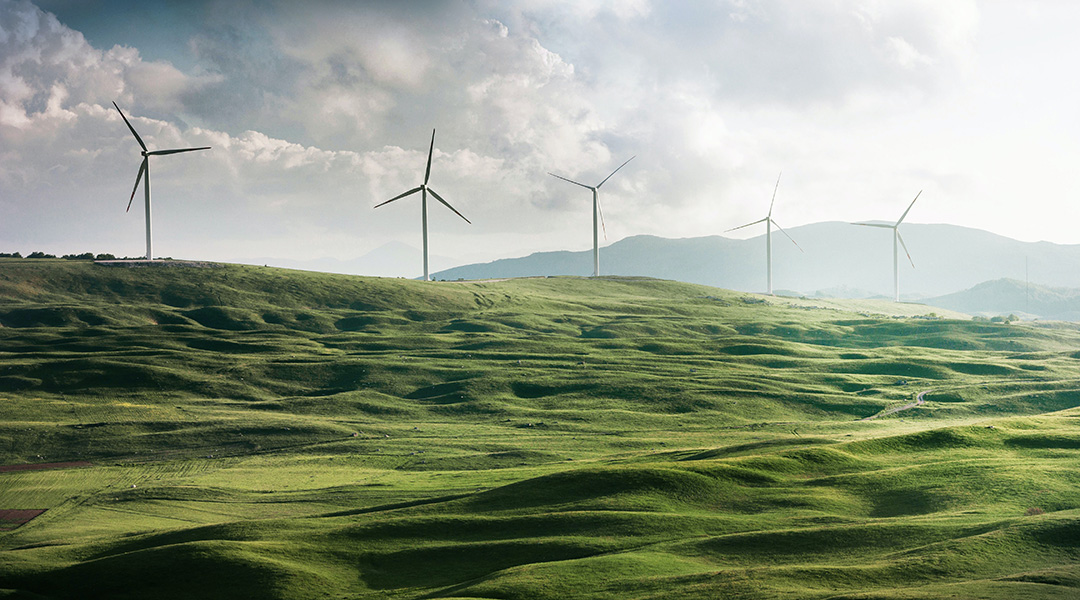
Hydrogen fuel alternatives are expected to help combat climate change, but what are the impacts of hydrogen emissions?

Direct air capture can find its roots in antiquity and will be a major technology for the future.
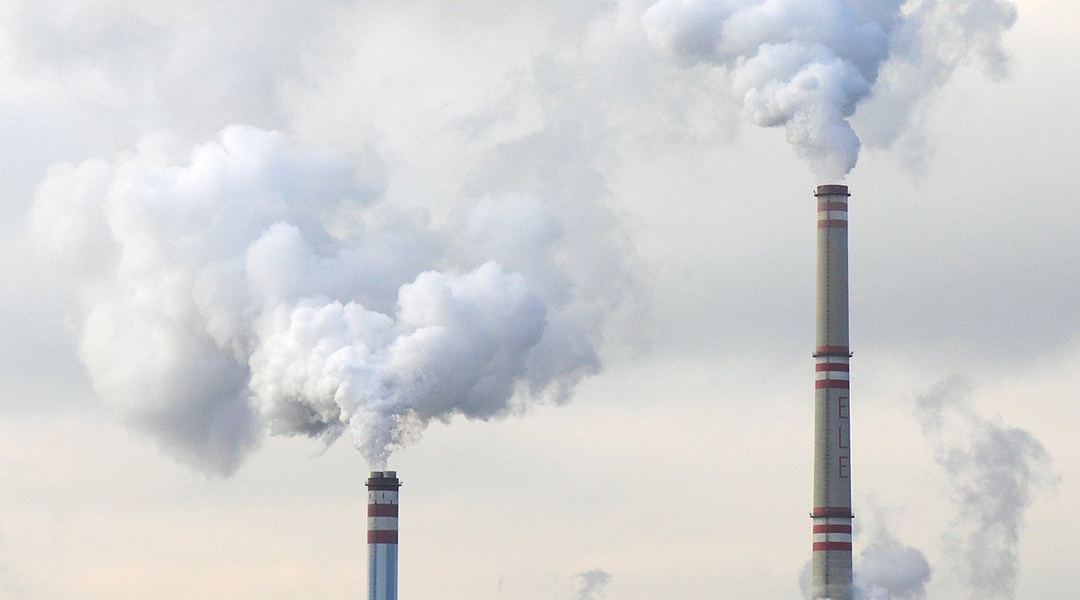
Molten salts are renowned for operating at high temperatures and are ideal as a new generation of carbon capture media.

A new carbon capture technique called supercapacitive swing adsorption separates carbon dioxide from gaseous mixtures in the air and industrial flue gases.
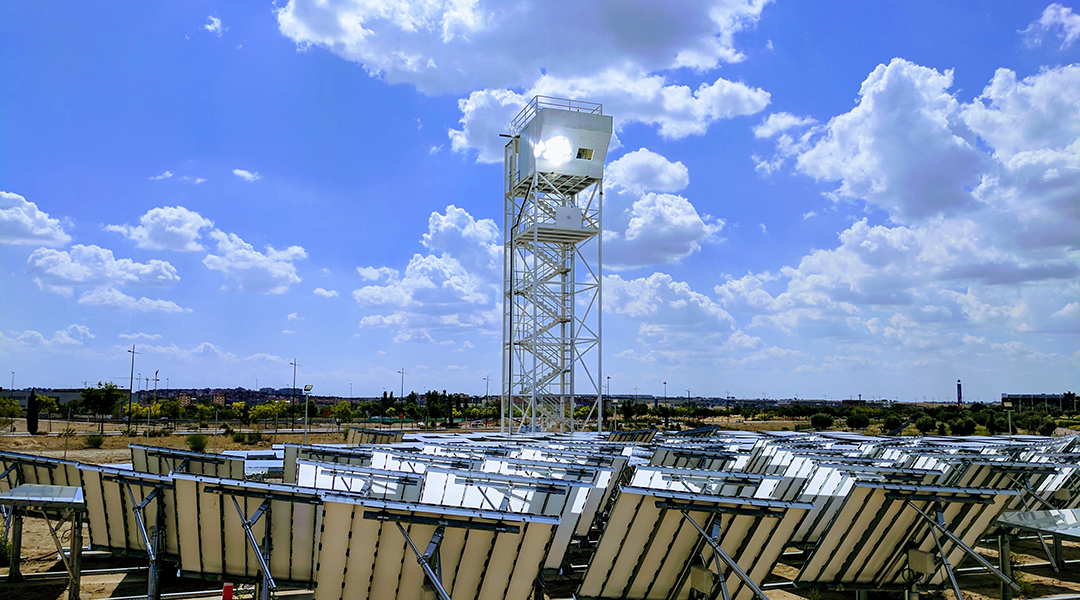
The production of kerosene directly from carbon dioxide and water promises to be a game-changer in the energy field.

Getting around the high C-H bond dissociation energy in methane has been a challenge to making methanol from natural gas — until now.

Are we spending enough quality time dreaming up ideas or are we spreading ourselves thin?